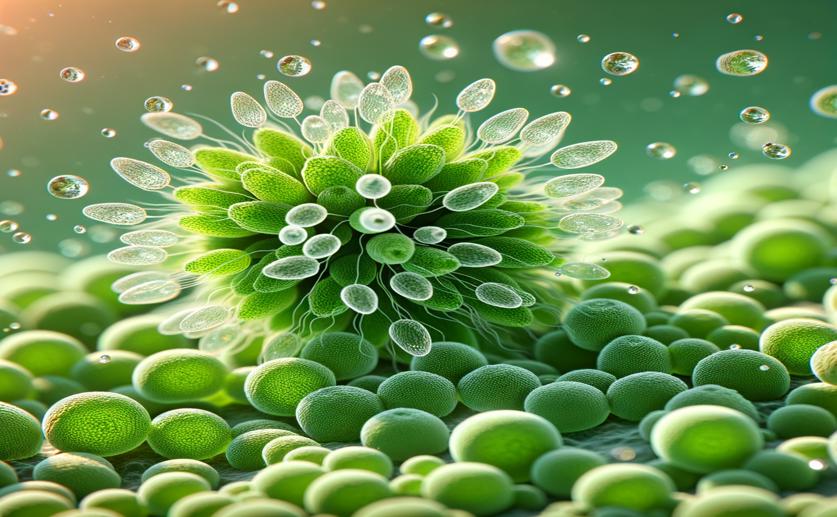
New Insights into How Tiny Algae Make Their Silica Shells
Greg Howard
6th June, 2024

Image Source: Natural Science News, 2024
Key Findings
- The study focused on the marine microalga Nitzschia closterium f. minutissima, now reclassified as Phaeodactylum tricornutum
- Researchers sequenced the draft genome of this diatom to understand its genetic makeup and evolutionary traits
- The study identified numerous genes involved in the formation of diatom silica cell walls, which have applications in nanotechnology and biomedicine
References
Main Study
1) The draft genome of Nitzschia closterium f. minutissima and transcriptome analysis reveals novel insights into diatom biosilicification
Published 5th June, 2024
https://doi.org/10.1186/s12864-024-10479-9
Related Studies
2) Diatom Molecular Research Comes of Age: Model Species for Studying Phytoplankton Biology and Diversity.
3) Common environmental stress responses in a model marine diatom.
4) Diatoms Green Nanotechnology for Biosilica-Based Drug Delivery Systems.
5) Exploring Molecular Signs of Sex in the Marine Diatom Skeletonema marinoi.



 4th June, 2024 | Jenn Hoskins
4th June, 2024 | Jenn Hoskins